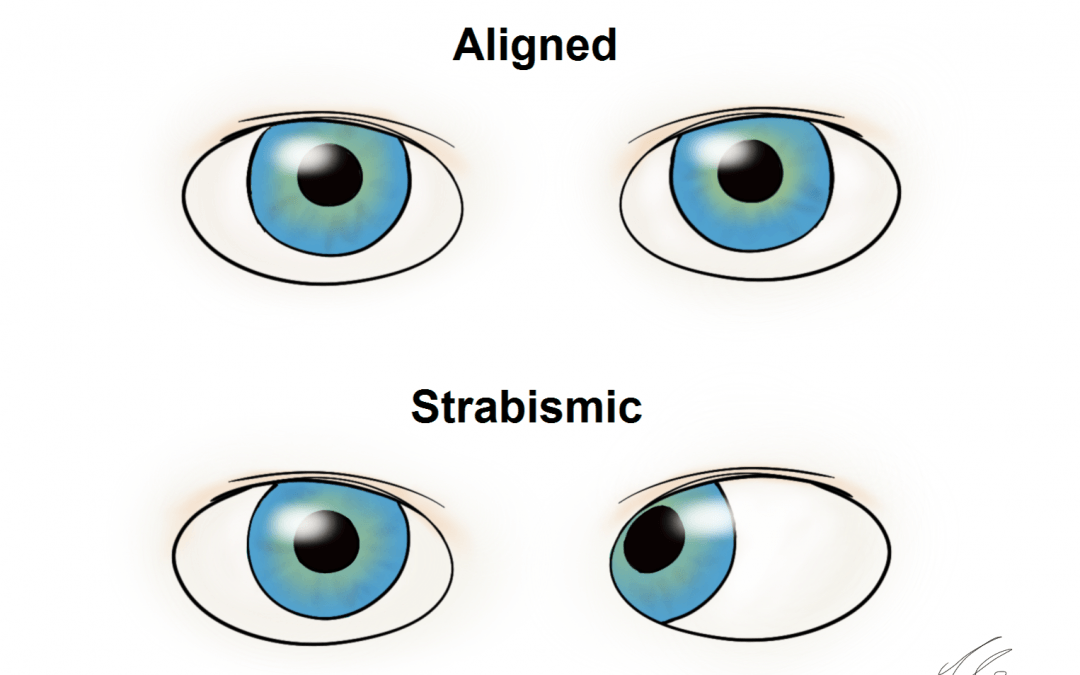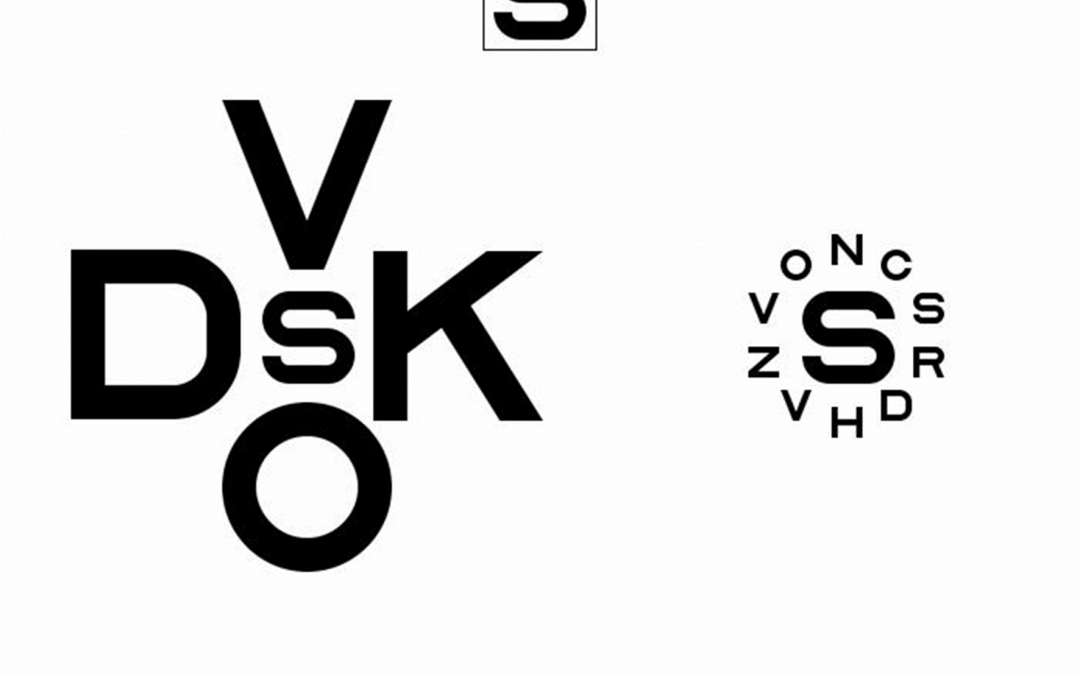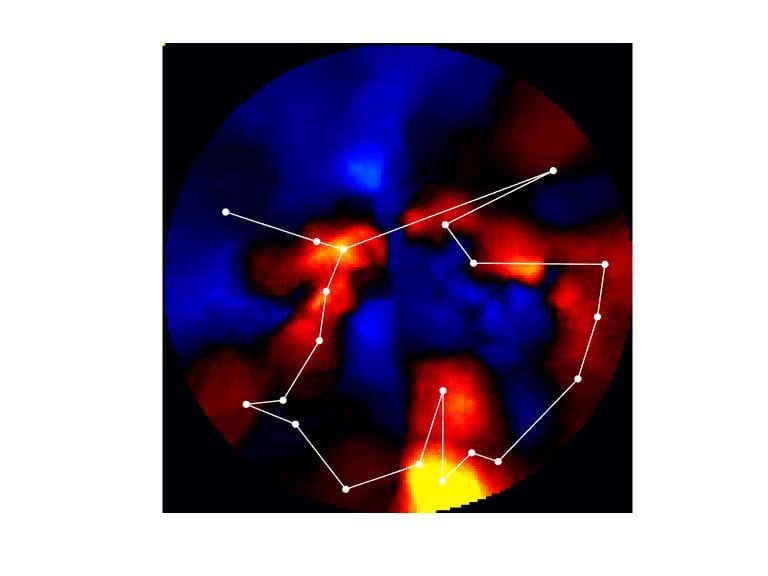
by nata004 | Jul 31, 2018 | Physiological optics of the eye, Research, Vision Neuroscience
Humans group components of visual patterns according to their colour, and perceive colours separately from shape. To find out if fish use colour for object segregation in a similar manner to humans, we used stimuli inspired by the Ishihara test for colour deficiency....

by nata004 | Jul 31, 2018 | Research, Technology & Vision
Strabismus (“squint” or an “eye turn”) is a condition where the two eyes are not aligned. It affects about 1 in 20 children. Some patients with strabismus need surgery to align their eyes. Surgical success depends on having good measurements of strabismus angle, eye...

by nata004 | Jul 31, 2018 | Vision Neuroscience
What’s the smallest object you can see? Your optometrist measures your visual acuity by asking you to read a letter chart. Larger letters are easier to read than smaller letters—this is because your eye can detect more of the details. But sometimes our minds play...

by nata004 | Jul 31, 2018 | Research, Vision Neuroscience
Although it is widely believed that the loss of one sense (like hearing) improves other senses (like vision) there is little evidence for this. To test this idea we measured peripheral vision of people with and without hearing loss. We measured “visual crowding: how...

by nata004 | Jul 31, 2018 | Research, Vision Neuroscience
If you have ever stargazed under an unfamiliar sky (such as after moving from another hemisphere), you have experienced the startling ability of the human visual system to generate patterns from noise. Stars in the night sky are placed essentially at random, yet our...





